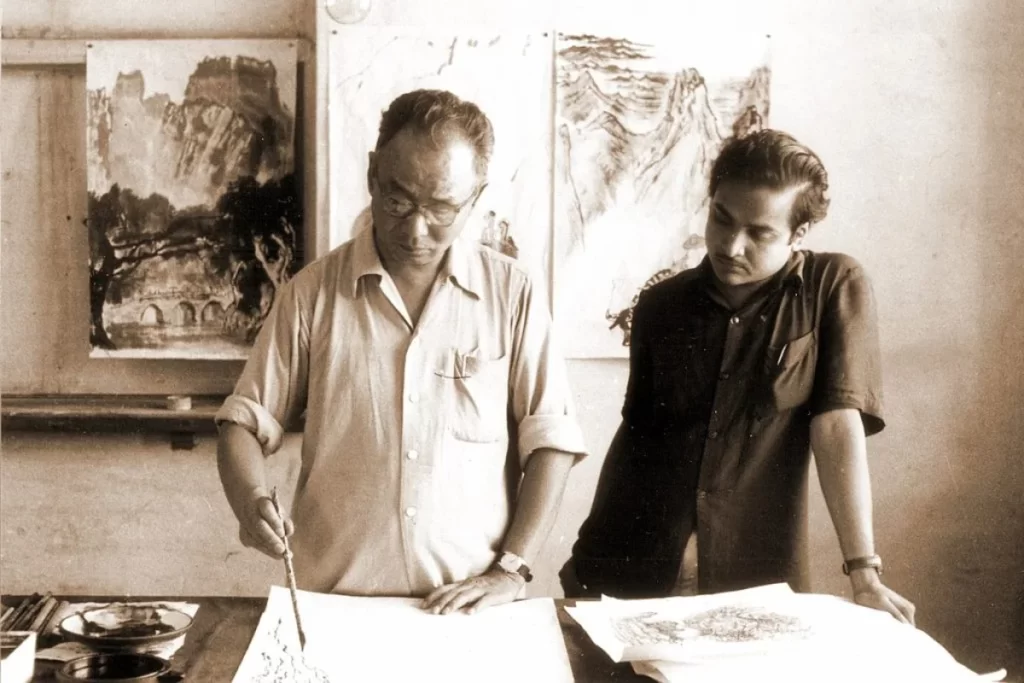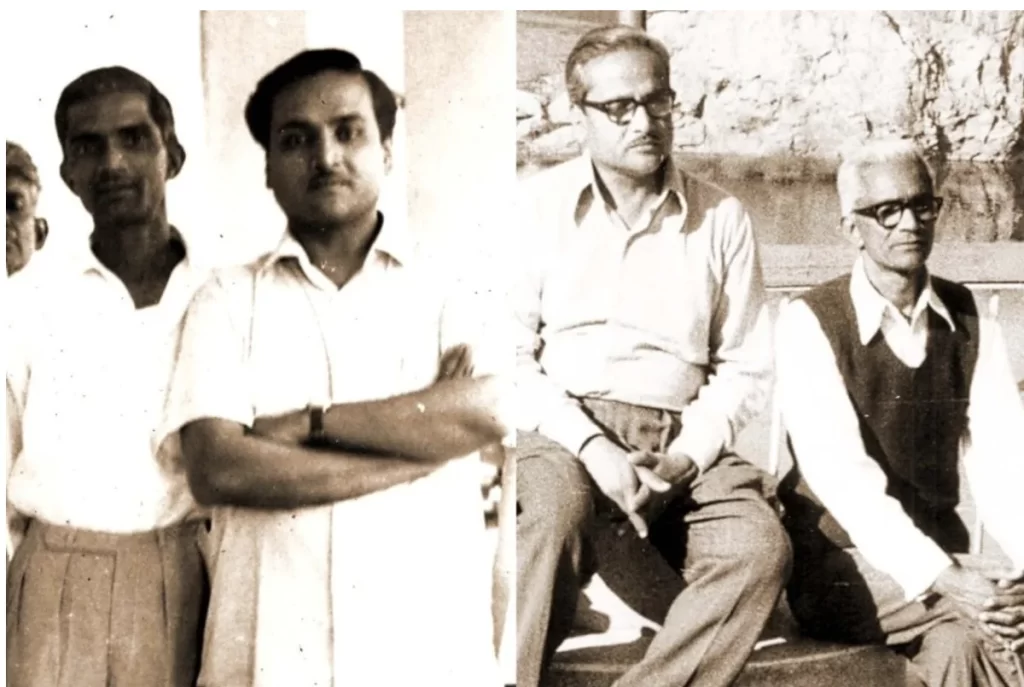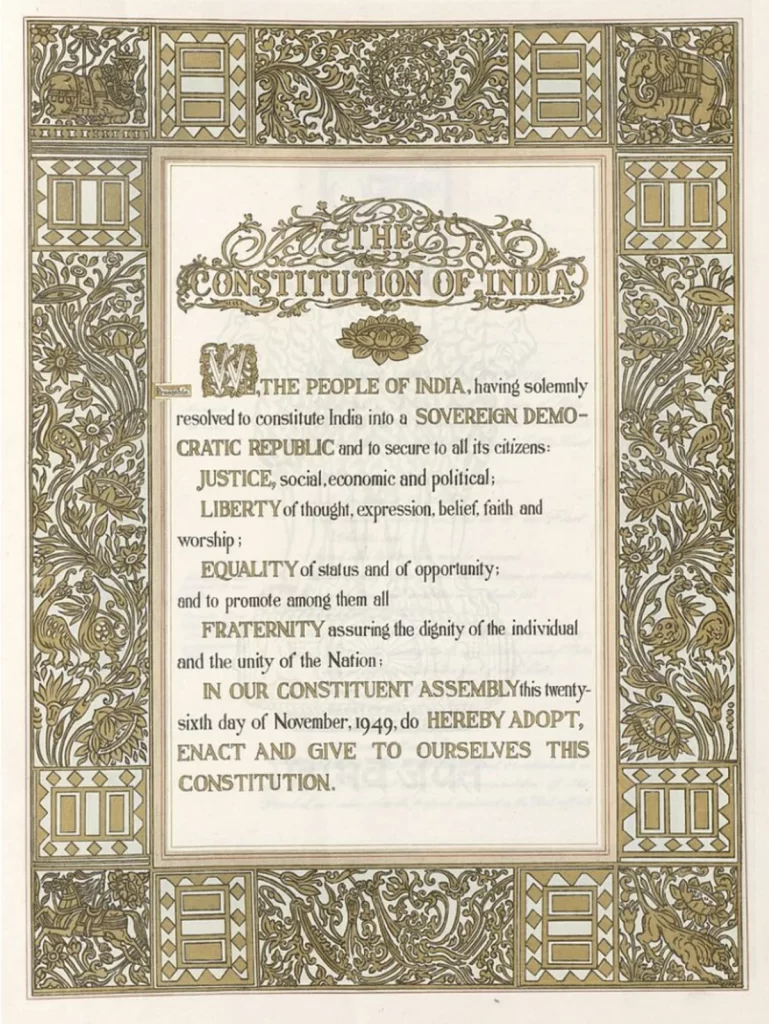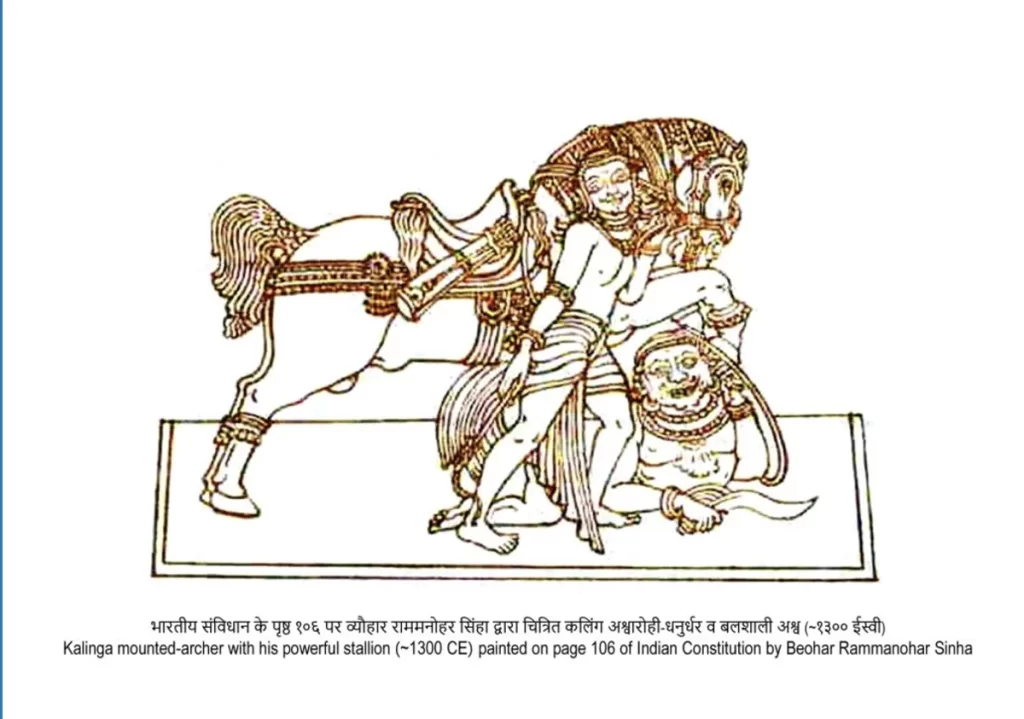Introduction
Every year on 26 November, Constitution Day of India also celebrated as “National Law Day”, marks the adoption of the Constitution of India as the supreme law of the land. On 26 September 1949, the Constituent Assembly of India adopted the Constitution of India and it came into force on January 26 of 1950. This Constitution Day, we celebrate not just the lofty ideals of the Indian Constitution, but also the artistic ingenuity on display in the original handwritten copy of the Constitution.
One such unsung hero who helped build this artistic legacy is Beohar Rammanohar Sinha, a prolific artist from Jabalpur, Madhya Pradesh. Sinha, along with a handful of artists, gave the document visual narratives that highlight India’s rich cultural heritage, under the mentorship of Nandalal Bose, who worked at Shantiniketan. Earthy and colourful, Sinha’s illustrations embody the essence of India’s civilisational ethos, from the motifs of the Indus Valley Civilisation to landmarks like the Konark Sun Temple and the seals of Nalanda University. His meticulous work is a tribute to the diverse traditions of India and its timeless resilience. In reminiscing about adopting the Constitution itself, let us also uphold the art that this document deserves, not just an Act of law but instead, a legacy of Indian heritage and history.
Beohar Rammanohar Sinha: Early Life
Born in the largest and most important city of British India’s Central Provinces, Jubbulpore (now Jabalpur), he was the youngest son of Beohar Rajendra Sinha who was a prominent journalist and a politician and spent numerous terms as a political prisoner during the freedom movement of India. Being the son of a politician and freedom fighter, the seeds of nationalism were imbibed in him since his childhood.

Li Keran a Chinese art maestro Li Keran, visited the studio of Beohar Rammanohar Sinha in Peking in c. 1957. The two artists executed numerous artworks together, including the famous painting ‘‘Meishan Bridge’’ seen hanging in the background. with Rammanohar| Courtesy – Wikimedia Commons
Freedom fighters such as Mahatma Gandhi, Rajendra Prasad, Sardar Vallabhbhai Patel, Jawaharlal Nehru, Khan Abdul Ghaffar Khan, and Vinoba Bhave were frequent visitors to his house. Sinha pursued his graduation in fine arts in Kala Bhavana at Visva Bharati University, Shantiniketan from 1946 to 1950 and during his postgraduation he gained expertise in Fresco-secco; he gained specialization in Zen painting under Yu Wan-shan.

Illustrating the Constitution
To represent Indian art in its purest form in the Indian Constitution, Beohar Rammanohar Sinha made trips to places such as Ajanta, Ellora, Bagh, Badami, Sarnath, and Mahabalipuram. He included Vrishabha, a symbol of the Indus Valley Civilisation, and then made drawings linking Babylon, the port of the Sumerian civilisation with Lothal (Gujarat), the port of the Indus Valley Civilization. The Swastika found in Persia was also shown in the constitution. It states that the civilisation of India was spread to Persia.

The Natarajas of the Shaivite sect, the Konark Sun Temple of the Kalinga Kingdom of Orissa, the seals of Nalanda University, coins from the Golden Age Gupta period as well as landscape paintings depicting the diversity of India’s natural wealth were prepared for individual pages of the Constitution. Rammanohar Sinha initially refused to sign the paintings but signed some pages after being insisted on by Nandalal Bose.

Beohar Rammanohar Sinha’s Artworks
Artist Beohar Rammanohar Sinha’s frescoes also adorn the walls and the dome of ‘Shaheed Smarak’ (Martyrs Memorial Concert Hall) in Jabalpur. It depicts various episodes and landmarks in India’s struggle for independence starting from 1654 and ending with the unfurling of the Indian tricolour on Independence Day in 1947. Paintings depicting the Quit India Movement and of Rani Durgavi preparing for a war against Akbar’s army are some among many paintings in the Shaheed Smarak.

Kala Shri Award in 2001; and the Veteran Artist Award by AIFACS in 1993 are some of the awards that artist Beohar Rammanohar Sinha received for his contribution to fields of fine arts. His works are housed in numerous prestigious public and private collections throughout the world and his paintings have been auctioned alongside those of Hebbar, Husain, Raza, Souza, Pyne and others in New York and London by Sotheby’s. He died on 25 October 2007.





